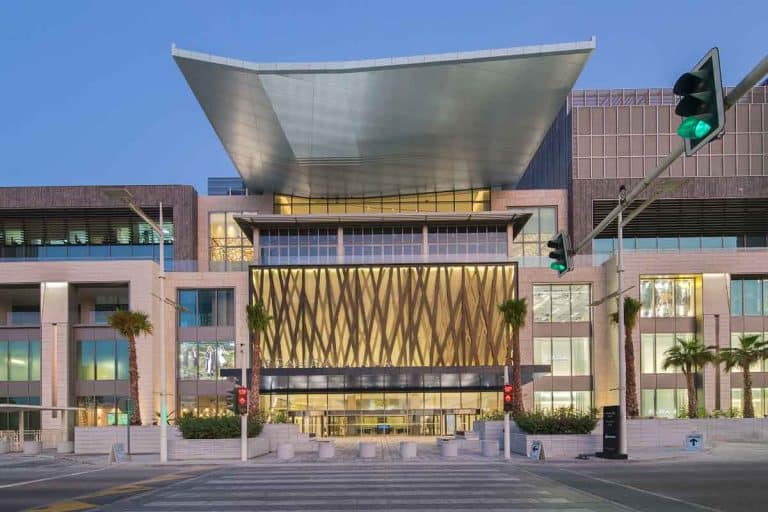
UAE Aims to Slash 93% of Industrial Carbon Emissions by 2050
The United Arab Emirates (UAE) has announced a groundbreaking initiative to dramatically reduce its industrial carbon emissions. During the COP28 climate conference, the country unveiled its Industrial Decarbonization Roadmap, aiming to achieve a 93% reduction in industrial carbon emissions by 2050. This ambitious target marks a significant step forward in the UAE's commitment to sustainability and combating climate change.
Key Features of the Roadmap:
- Phased Approach: The roadmap outlines a three-phase approach to achieving the 93% reduction goal. The first phase targets a 5% reduction by 2030, followed by a 63% reduction by 2040, and culminating in the 93% target by 2050.
- Focus on Hard-to- abate Sectors: The roadmap prioritizes the decarbonization of hard-to-abate sectors, including cement, iron, steel, and aluminum, which are responsible for a significant portion of industrial emissions.
- Adoption of Advanced Technologies: The roadmap emphasizes the importance of adopting advanced technologies, such as clean electricity, carbon capture, utilization, and storage (CCUS), manufacturing efficiency, and alternative fuels, to drive emissions reduction.
- Public-Private Partnerships: The roadmap calls for collaboration between the public and private sectors to support the development and deployment of clean technologies and accelerate the transition to a low-carbon economy.
Significance of the Initiative:
The UAE's Industrial Decarbonization Roadmap is a significant development for several reasons:
- Ambitious Goals: The 93% reduction target is one of the most ambitious set by any country to date, demonstrating the UAE's leadership in clean energy and climate action.
- Focus on Hard-to-abate Sectors: Targeting hard-to-abate sectors is crucial for achieving substantial reductions in industrial emissions globally.
- Boost for Green Technologies: The roadmap promotes the development and deployment of clean technologies, contributing to the growth of the green economy and creating new jobs.
- Global Impact: The UAE's initiative serves as an example for other countries and encourages them to adopt similar strategies to reduce their industrial carbon footprint.
Challenges and Opportunities:
Achieving the ambitious goals of the roadmap will require significant effort and resource allocation. Some of the challenges include:
- High Initial Costs: Implementing clean technologies can be expensive, requiring substantial investments from both the government and private sector.
- Technological Development: Some of the key technologies needed for deep decarbonization are still under development and require further research and innovation.
- Policy and Regulatory Frameworks: Supportive policies and regulations are needed to incentivize investments in clean technologies and create a favorable environment for the low-carbon transition.
Despite these challenges, the roadmap also presents exciting opportunities:
- Job Creation: The shift to a low-carbon economy is expected to create new jobs in clean energy, technology development, and other related fields.
- Economic Growth: Investing in clean technologies can stimulate economic growth and diversification, making the UAE more competitive in the global market.
- Environmental Benefits: Reducing industrial carbon emissions will significantly improve air quality and contribute to the fight against climate change, leading to a healthier planet for future generations.
Conclusion:
The UAE's Industrial Decarbonization Roadmap is a bold and ambitious initiative that has the potential to significantly reduce the country's industrial carbon footprint and contribute to global efforts against climate change. While challenges remain, the roadmap also presents exciting opportunities for economic growth, job creation, and a cleaner future. The UAE's commitment to clean energy leadership serves as an inspiration for other countries and sets a high bar for future decarbonization efforts.

